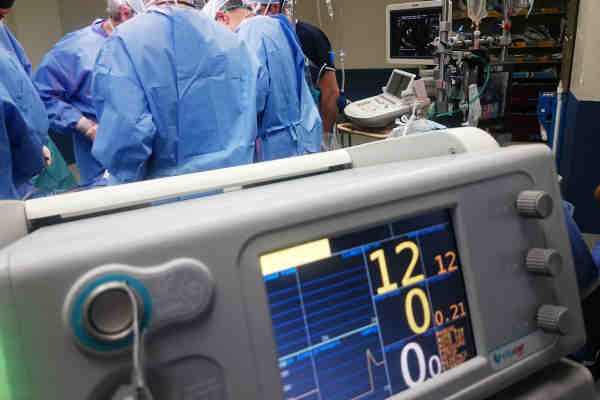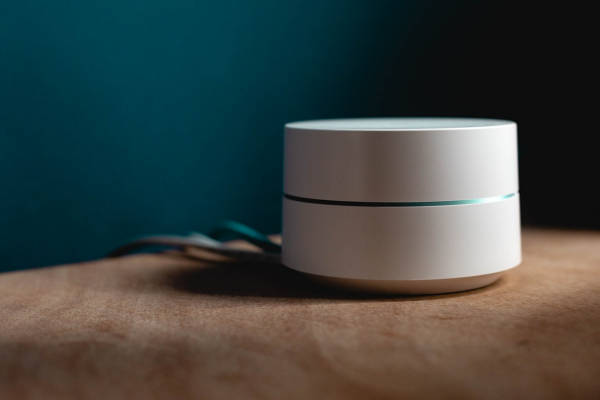What are the CE Certification Costs?
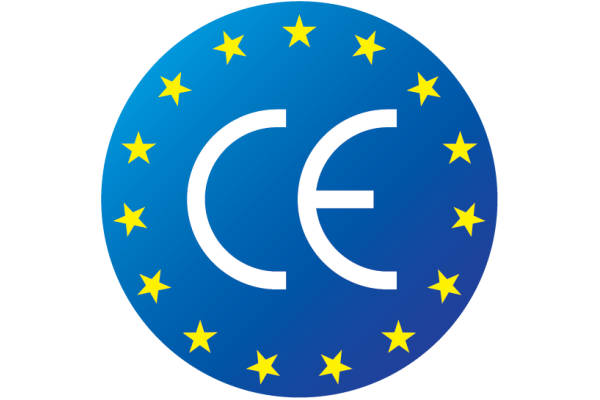
What are the CE Certification Costs for my product?
As an American company who conducts CE testing for an international market, one of our primary services is providing comprehensive CE testing for a range of electronic devices for clients across the world.
In terms of our business, we would estimate around 50% percent of our business is FCC certification & Part 15 testing for compliance in the United States; however, the remaining 40% of our business unsurprisingly is testing for CE compliance.
By comparison to FCC testing, CE Certification & Testing is much more involved then the requirements of the FCC. Correspondingly the testings costs involved to be able to CE Mark your product can be much higher.
Over our years of testing, we have developed a world-class background in CE testing which allows us to offer incredibly efficient and quick-turn results for your next product’s CE testing; by comparison to most major USA labs, we are able to offer comprehensive CE Certification testing that usually is about 60% less then what you will be quoted by other larger CE labs. CE testing projects tend to be our most value-added services and the majority of clients who request a CE testing quote will end up testing their product with us.
One of the major challenges in putting together the costs required for CE testing your product is primarily understanding the CE marking process and required testing that is called for under the European Directives. We have had many clients, both European and USA based, who have had large initial struggles to understand the requirements and have found their product designs needed significant changes in order to meet CE.
In the below article, we’ll cover what exactly the CE Mark is, the common tests and directive that are required for meeting the CE certification requirements, and then some ideas as to what your CE certification costs will be for your end product.
So What Exactly is CE the Mark?

As we covered in our guide to FCC Part 15 testing and the write-up on the FCC SDoC requirements, you’ll find that each country has their own national testing requirements in order to assert / demonstrate compliance to the national requirements.
The CE Mark is unique in that it is a national testing mark which is applied to an end product that is destined to be sold in the EU; however, the EU is not just one singular national but is composed of over 28 European Member States that been accepted into the EU. In addition to the European Member States, other countries such as Norway, Iceland, Liechtenstein, Turkey, and Switzerland also accept CE testing.
We’ve also found in our more exotic testing project, that in many cases CE testing will be accepted in Africa and certain countries in the Middle East. It
In terms of best-bang-for-the-buck testing, you can’t go wrong with the one set of testing that will cover so many countries! CE testing is quite global in nature.
Countries That Accept the CE Mark:
- Austria
- Hungary
- Poland
- Belgium
- Iceland
- Portugal
- Bulgaria
- Ireland
- Romania
- Croatia
- Italy
- Slovakia
- Cyprus
- Latvia
- Slovenia
- Czech Republic
- Liechtenstein
- Spain
- Denmark
- Lithuania
- Sweden
- Estonia
- Luxembourg
- Switzerland
- Finland
- Malta
- Turkey
- France
- Netherlands
- United Kingdom (NOTE: see our guide to CE Brexit and how this could impact the United Kingdom’s participating in the CE testing)
- Germany
- Norway
- Greece
In many cases even product safety testing in the USA, such as UL 60950 or UL 61010 are actually “harmonized” to the equivalent CE testing standards. When a safety standard is harmonized to another standard, this is a polite way of saying that the text has been copied almost verbatim for the original standard. So in essence, many of the USA required safety testing in many cases originates from the CE testing standards.
So When Did the CE Mark Come Into Play?
Around 1985, the founding members of the European Union found they needed a standardized approach in order to allow product manufacturers to demonstrate product compliance across the EU for EMC, wireless (radio equipment), safety, and medical and industrial compliance. The goal in mind was to create a unifying compliance regime that any one one member country could test against and then safely and efficiently ship their products across the entire European Union without any difficulties.
The European members created a series of Directives that mandate the CE testing requirements.
The testing Directives are quite similar blocks of regulation to as found in the USA under 47 CFR Part 15 - RADIO FREQUENCY DEVICES.
Each Directive dictates the essential requirements (ie. the regulatory goals) that an end product must meet in order to apply the CE Mark and be freely sold in the EU. The intent of the CE Marking & Certification process is that an end consumer can look at a device and see the applied CE Mark and know that the product has been tested to all the required Directives of the product and that it meets the CE Mark.
What Are The Most Common EU Directives for CE Certification?
Like most regulatory bodies, the EU is constantly adding, amending, and creating new testing Directives for products. For just a quick glance at the massive scope of the EU directives, take a visit to the official CE Marking guidance from the EU.
It’s quite intimidating at first. CE testing can range all the way from core EMC testing all the way to specific testing for childrens toys and usability. Our focus is primarily electronics testing so fortunately the required testing under CE can be easily narrowed down to around four core directives that most of our clients need to meet.
Another thing to consider is that a Directive is just the broadest portion of the iceberg. Under each Directive there are required testing standards that need to be met by your product category, so keep in mind that identifying the Directive is just the first step in the CE Certification Process.
EMC Directive 2014/30/EU
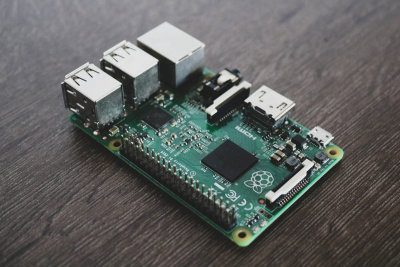
EMC Directive 2014/30/EU is very much like FCC Part 15B. The Directive requires that all electronic devices meet EMI requirements and must minimize both radiated and conducted emissions. One key feature that is different is that different from FCC testing, is that under the EMC Directive electronic devices must also be tested for Electrostatic Discharge (ESD) and be run through Immunity testing to ensure that your product will not malfunction if exposed to specific EMI events.
Common EMC Directive Test Standards:
- EN 55032
- EN 55035
- EN 61000 (NOTE: there are dozen of applicable test standards under EN 61000 depending on your product category)
Radio Equipment Directive 2014/53/EU (RED)

As specialists in wireless CE testing, a large portion of our client projects revolve around meeting the Radio Equipment Directive 2014/53/EU.
For any company building a wireless device, which in FCC parlance we would call an intentional radiator, you will be required to meet the requirement of the Radio Equipment Directive (RED).
For those who may have CE tested their radio device in the past, in June 2015 the EU replaced the Radio and Telecommunications Terminal Equipment Directive (which was called the R&TTE Directive, 1999/5/EC).
For all wireless transmitter and radio receivers, you will be required to test and demonstrate compliance to the applicable RED testing.
One major change to the Radio Equipment Directive (RED) testing, is that under Article 3, 1.(a) of Directive 2014/35/EU is that all wireless transmitters must also meet the requirements of the LVD regardless of product voltages. This comes at a major surprise to many first time testers, so if you are building a wireless device you should plan on having to test for both CE RED & CE LVD.
Common CE RED Directive Test Standards:
- EN 301 489 (NOTE: depending on your underlying radio device, the EN 301 489 family of standards are used to define the EMC testing requirements of your product)
- EN 300 328
- EN 300 220
- EN 62311
- EN 60950 (NOTE: this has been deprecated and should be really be used for wireless any further, but historically was a common testing standard)
- EN 62368
Low Voltage Directive 2014/35/EU (LVD)
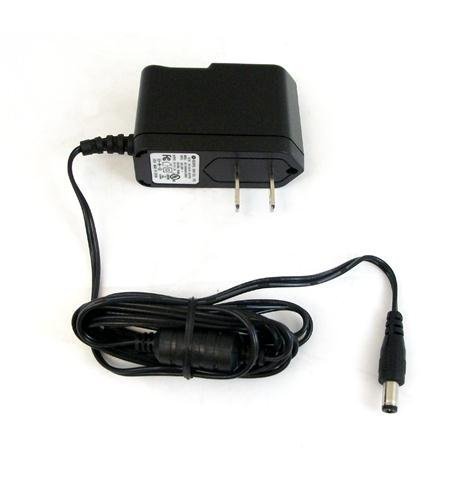
LVD testing is mostly what we could “safety testing” for end products and accessories. Under the Low Voltage Directive 2014/35/EU, devices are required to meet certain design standards to ensure that users can safely use their products and will not face unsafe risks due to fire, electrical shock, or other potential electrical hazards.
Historically, LVD testing has been required for any product that has DC inputs or outputs with voltages from 75V to 1500V and any product with AC inputs or outputs from 50V to 1000V; however, with the introduction of CE RED the scope of LVD has greatly expanded to low voltage wireless devices which historically did not require LVD testing (which is ironic given the name of the directive is the “Low Voltage” Directive). It’s unclear at this point, but we would expect further scope changes to the LVD requirements in the future.
Traditional products that have applied LVD include power supplies, computers, home appliances, and multimedia equipment.
Common LVD Directive Test Standards:
- EN 60950 (NOTE: this has been deprecated and should be really be used for wireless any further, but historically was a common testing standard)
- EN 62368
- EN 61010
Medical Device Directive 93/42/EEC

We have worked on many medical device testing projects under the Medical Device Directive 93/42/EEC, and it is a pretty significant testing regime as required under CE.
For any product to be marketed and used for medical end uses manufacturers most test and meet the required of the Medical Device Directive (MDD) 93/42/EEC.
To meet the MDD your devices is tested to both medical EMC standards, most commonly Medical Device IEC 60601-1-2 testing and to an assortment of related safety standards as to EN 60601-1.
One common problem for companies as not so much the EMC testing under IEC 60601-1-2 but it is the documentation and quality management system requirements as per IEC 60601-1 that can trip up first time applicants.
Understand that CE Certification Is Not Just Meeting One Directive
One important difference in CE Certification vs. FCC certification is that the required testing is not just one set of test reports. CE testing will require that your typical product will need to meet multiple Directives (and a wide range of CE testing standards) in order to met the requirements for CE Certification purposes.
We have helped hundreds of companies identify the required testing and produce the required test reports in order to CE certify their product. With the wide range of potential required testing, CE certification is not easy. This is being said as professionals in the field and even we internally discuss and face questions over what type of testing is required for new products as new products and standards emerge.
So what steps need to be taken to meet CE Certification?
In the preceding sections, we’ve discussed the broad Directives that most common electronic devices will need to be tested against. In order to CE certify your product you’ll generally be taking the below steps:
1) You’ll need to have a qualified laboratory identify the applicable Directives required of your product 2) Upon the assessment of the applicable Directives, we’ll examine the essential requirements and confirm the applicable CE testing standards 3) We’ll then conduct the required CE testing that your product needs to meet 4) Upon completion of the testing, we’ll submit the test results to a Notified Body (NB) for a formal Type Examination which forms the basis of your CE certification.
What is a Notified Body & Formal Type Examination?
If you are familiar with FCC Part 15 C testing & TCBs, what you’ll find is that a Notified Body (NB) plays a very similar role to the TCBs that are third parties used by the FCC to process FCC certifications.
A Notified Body is defined by the European Comission as an “an organization designated by an EU country to assess the conformity of certain products before being placed on the market.” In essence, an NB is a qualified third party who has been granted the right to formally review your CE testing results and issue a third party approval that your product meets the essential requirements of the applicable testing Directives.
When a Notified Body reviews and certifies your CE testing results, the formal documentation they will issue is called a Type Examination.
What you’ll find is that most Notified Body’s are major global testing labs and they will charge significant fees for the Type Examination process.
We conduct CE certification with Notified Bodies on a weekly basis and due to our large volumes of projects, we have significant pricing discounts that our clients can leverage to reduce their testing costs.
What will be the cost for my CE Certification?
CE certification costs can vary widely depending on what type of devices you need certified and what types of testing are required. If quoting the costs of FCC certifications can even be difficult, the level of complexity and nuance in determine the CE testing requirements for a product is even more complex.
CE Certification Costs Can Vary Based on the Some of the Below Factors:
- What product category does this device fall under? (consumer device, wireless device, medical, military or something else? The range of potential product categories is nearly limitless under CE, whereas with the FCC there is no concept of a product type it simply is an intentional or unintentional radiator in terms of EMC testing)
- How many applicable Directives will apply to this product category type
- Based on the Essential Requirements of the Directives, what are the harmonized test standards that must be met for formal CE testing
- Are all the harmonized standards currently published and may be used (we have clients who want to test to draft version of standards, so their testing will not be out of date)
- Is certain testing out of date and will require just updated testing to meet several standards without re-doing the full scope of testing
- How complex is the device to test for immunity requirements (as the core amount of peripherals needing immunity testing increase the lab time and effort to conduct testing becomes exponetially more complicated)
- What type of safety testing is involved? Common safety tests like EN 62368 are not as expensive as laboratory & measurement equipment as under EN 61010
- Which Notified Body does a customer want to use? (we can provide CE certifications from the top name brand Notified Bodies but we also have more discounted options to work with smaller Notified Bodies with more reasonable prices. All Notified Bodies CE Certifications are valid within the EU, so this is a cost decision)
CE Certification testing is far more involved then FCC EMC testing, and unfortunately the costs can be significant.
As one of the leading providers of CE testing, we have the knowledge and expertise to accurately determine the required testing for your project and deliver quick testing results at huge savings for your next project. We can assist not only in the actual product testing but also analyze your designs and provide initial feedback as to the suitability of your component selection as it relates to meeting the CE testing requirements.
Through our network of partner test labs, we can assist in reducing your CE testing costs by thousands of dollars on your next project.
The scope of what is required is almost always a bit variable depending on the final product. Our team can provide a free assessment of your product’s required CE testing and get back to you with quick quotation as to what will be required for the final CE Certification.
We make compliance testing easy.
Submit your project details today for a no-cost quote
Request Quote